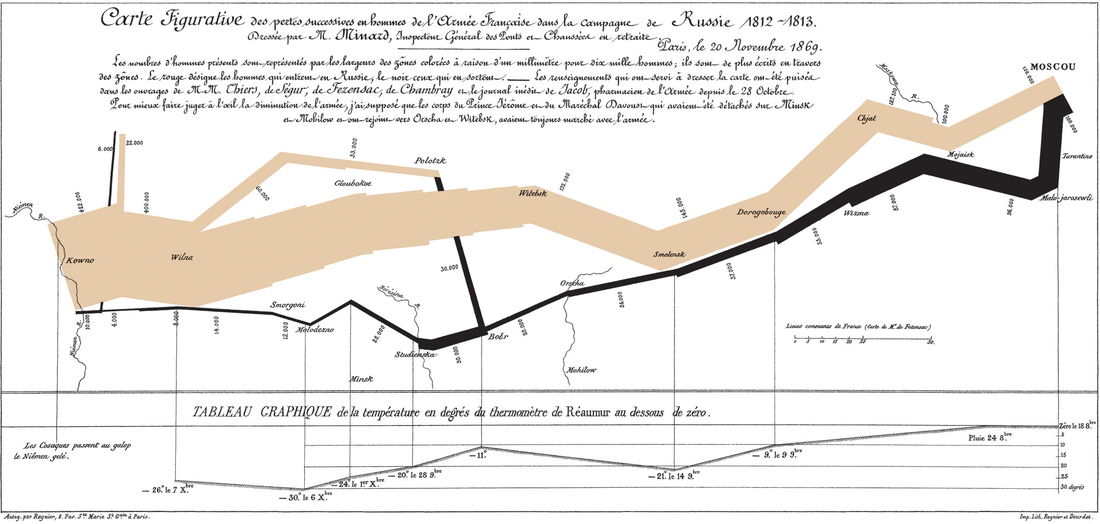Top Qs
Timeline
Chat
Perspective
Datasaurus dozen
Thirteen data sets with the same descriptive statistics, yet very different distributions From Wikipedia, the free encyclopedia
Remove ads
The Datasaurus dozen comprises thirteen data sets that have nearly identical simple descriptive statistics to two decimal places, yet have very different distributions and appear very different when graphed.[1] It was inspired by the smaller Anscombe's quartet that was created in 1973.
Data
Summarize
Perspective
The following table contains summary statistics for all thirteen data sets.

The thirteen data sets were labeled as the following:
- away
- bullseye
- circle
- dino
- dots
- h_lines
- high_lines
- slant_down
- slant_up
- star
- v_line
- wide_lines
- x_shape
Similar to Anscombe's quartet, the Datasaurus dozen was designed to further illustrate the importance of looking at a set of data graphically before starting to analyze according to a particular type of relationship, and the inadequacy of basic statistic properties for describing realistic data sets.[2][3][4][5][1][6]
Remove ads
Creation
Summarize
Perspective

The first data set, in the shape of a Tyrannosaurus, that inspired the rest of the "datasaurus" data set was constructed in 2016 by Alberto Cairo.[7][8] It was proposed by Maarten Lambrechts that this data set also be called "Anscombosaurus".[7]
This data set was then accompanied by twelve other data sets that were created by Justin Matejka and George Fitzmaurice at Autodesk. Unlike the Anscombe's quartet, where it is not known how the data set was generated,[9] the authors used simulated annealing to make these data sets. They made small, random, and biased changes to each point towards the desired shape. Each shape took 200,000 iterations of perturbations to complete.[1]
The pseudocode for this algorithm is as follows:
current_ds ← initial_ds
for x iterations, do:
test_ds ← perturb(current_ds, temp)
if similar_enough(test_ds, initial_ds):
current_ds ← test_ds
function perturb(ds, temp):
loop:
test ← move_random_points(ds)
if fit(test) > fit(ds) or temp > random():
return test
where
initial_dsis the seed data setcurrent_dsis the latest version of the data setfit()is a function used to check whether moving the points gets closer to the desired shapetempis the temperature of the simulated annealing algorithmsimilar_enough()is a function that checks whether the statistics for the two given data sets are similar enoughmove_random_points()is a function that randomly moves data points
Remove ads
See also
References
External links
Wikiwand - on
Seamless Wikipedia browsing. On steroids.
Remove ads

 ...
...